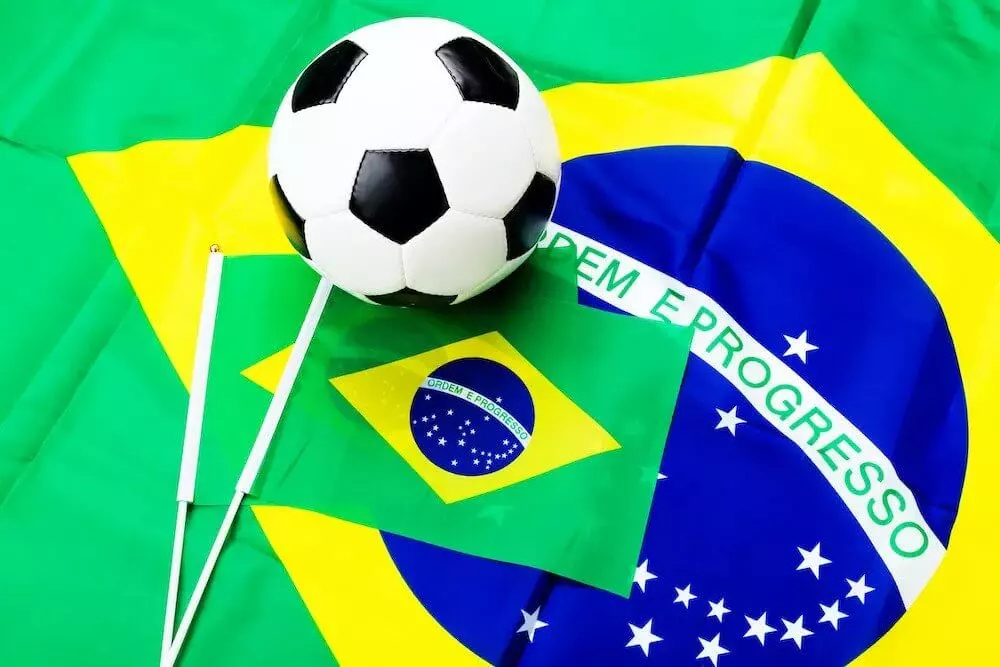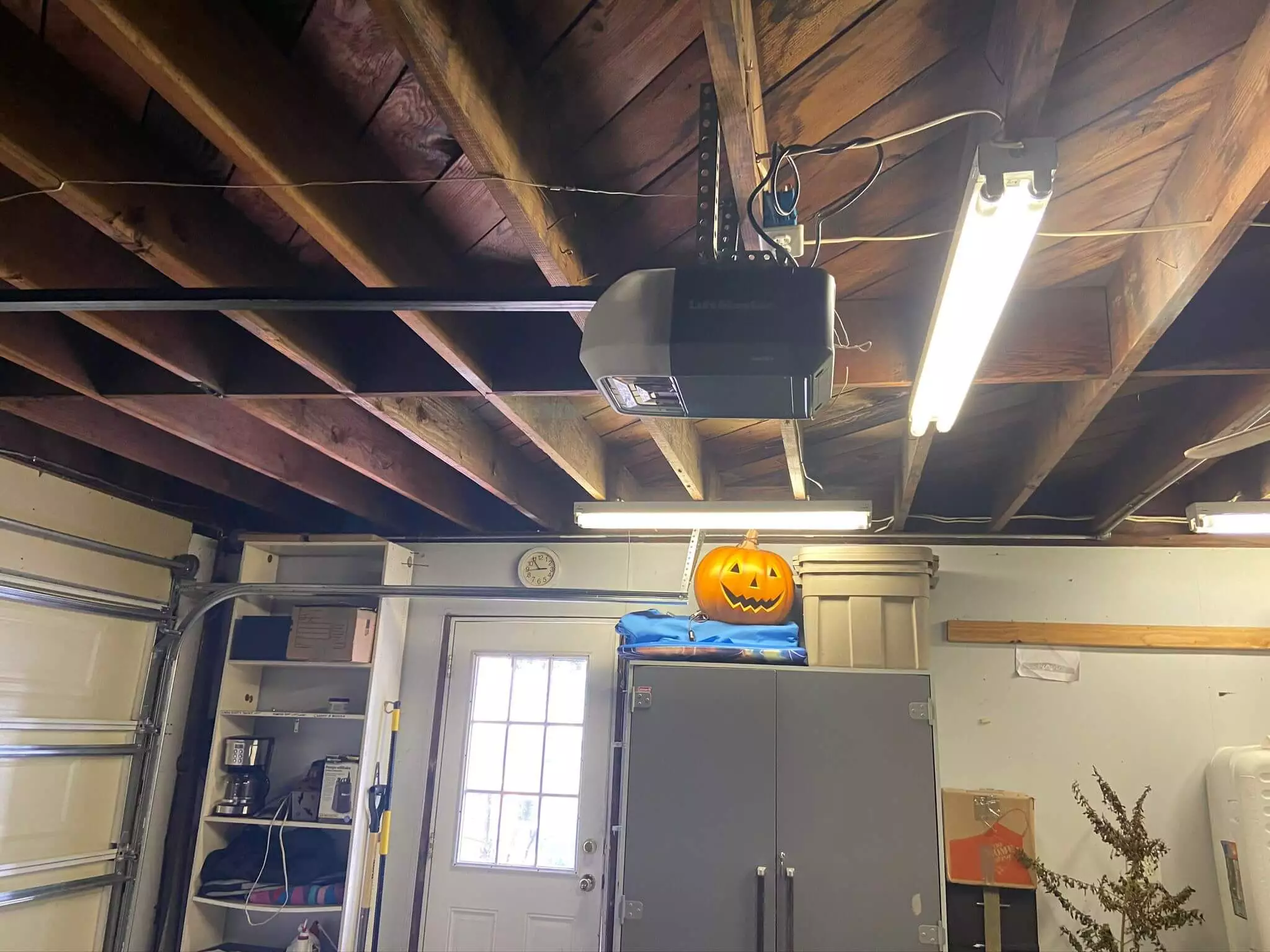The Impact of Live Football on the Brazilian Economy and Tourism Industry
The Paulistão Football League was created in 1902, with the organization of the first state football championship in São Paulo. At the time, football was still an unpopular sport in Brazil, but little by little it began to gain ground among young people in the city.
The idea of creating a state football championship in São Paulo came up in a meeting between representatives of the Germania, Internacional, Mackenzie and Paulistano clubs. These clubs were already playing friendly matches with each other, and saw in the state championship an opportunity to give greater visibility and importance to the sport. watch football live.

The first state football championship in São Paulo was played on a running points system, with games between the four founding teams. Paulistano ended up becoming the champion, winning three of the six games played and Futemax Ao Vivo.
With the success of the first edition of the championship, other teams began to be interested in football and to participate in the state championship. The tournament began to be played in a group system, with the teams facing each other within their respective groups, and the best advancing to the knockout phase.
Over the following decades, the state championship of São Paulo consolidated itself as one of the most important and traditional competitions in Brazilian football. Great teams and players passed through Paulistão over the years, leaving their marks in the history of the sport.
Nowadays, Liga de Futebol Paulistão is responsible for organizing and promoting the state championship, which continues to attract great clubs and players, and stirring the passion of São Paulo fans for football.
Paulistão is one of the most important and traditional football state championships in Brazil. Held in the state of São Paulo, the tournament attracts thousands of fans and moves the country’s sports press during the months in which it is played. In this text, we will further explore the history and characteristics of the Paulista Football League.
The São Paulo state championship had its first edition in 1902, when Paulistano beat Germânia in the final. The competition has grown in popularity over the years, and today it is considered one of the most important in the country, alongside other state championships such as Mineiro, Gaúcho and Carioca.
The format of Paulistao has undergone several changes over the years. Currently, the 16 participating teams are divided into four groups, with the top two from each group ad壯陽藥
vancing to the quarter-final stage. From then on, the games are eliminatory until the final, which is played in a single game. The champion guaranteed a place in the following year’s Copa do Brasil and in the Copa Libertadores da América, the most important club competition in South America.
One of the most striking characteristics of Paulistão are the classics. These are games between rival teams from the same city, such as Corinthians x Palmeiras, São Paulo x Santos, among others. These games are highly anticipated by the fans and are usually played with great intensity, which further increases the rivalry between the teams and the passion of the fans.
In addition to the classics, Paulistão is also an opportunity for teams to test their squads and strategies.
Fan pressure and rivalry can be a good thermometer for the performance of players and the team as a whole. The championship also allows smaller teams to stand out and show their value, as was the case of Ituano in 2014, which beat Santos in the final and won the title.
Another striking feature of Paulistão is the presence of great Brazilian football teams. Corinthians, Palmeiras, São Paulo and Santos are the biggest winners of the tournament, but other traditional teams such as São Caetano, Guarani and Santo André have already won important titles in the competition. The presence of these teams makes the championship even more competitive and exciting.
Paulistão has also been the scene of important individual achievements. Several players who stood out in the tournament ended up being called up for the Brazilian national team, such as Pelé, Sócrates, Zico and Neymar. In addition, Paulistão has a very strong relationship with the emergence of young and talented players, who are revealed by smaller clubs and end up being sold to bigger teams in Brazil and abroad. However, Paulistao also faces some challenges.
One of them is the lack of interest from fans in some matches. In smaller team games, for example, attendance is usually low.

Johnny Rodriguez is your go-to source for all things sports. From the thrill of victory to the agony of defeat, he’s your guide to the ever-changing world of athletics.








